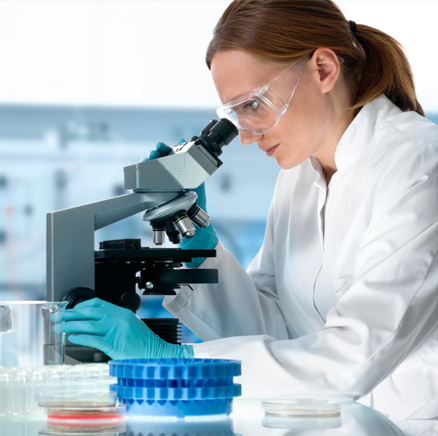Dental pulp stem cells improve locomotion in animal model with Parkinson's disease
Use of human dental pulp stromal cells in an experimental treatment of Parkinson's disease
In recent years, dental pulp stromal cells (DPSCs) have emerged as a promising therapeutic approach for Parkinson's disease (PD), owing to their inherent neurogenic potential and the lack of neuroprotective treatments for this condition. However, uncertainties persist regarding the efficacy of these cells in an undifferentiated state versus a neuronally-induced state. This study aims to delineate the distinct therapeutic potential of uninduced and neuronally-induced DPSCs in a rodent model of PD induced by 6-Hydroxydopamine (6-OHDA).
DPSCs were isolated from human teeth, characterized as mesenchymal stromal cells, and induced to neuronal differentiation. Neuronal markers were assessed before and after induction. DPSCs were transplanted into the substantia nigra pars compacta (SNpc) of rats 7 days following the 6-OHDA lesion. In vivo tracking of the cells, evaluation of locomotor behavior, dopaminergic neuron survival, and the expression of essential proteins within the dopaminergic system were conducted 7 days postgrafting.
Isolated DPSCs exhibited typical characteristics of mesenchymal stromal cells and maintained a normal karyotype. DPSCs consistently expressed neuronal markers, exhibiting elevated expression of βIII-tubulin following neuronal induction. Results from the animal model showed that both DPSC types promoted substantial recovery in dopaminergic neurons, correlating with enhanced locomotion. Additionally, neuronally-induced DPSCs prevented GFAP elevation, while altering DARPP-32 phosphorylation states. Conversely, uninduced DPSCs reduced JUN levels. Both DPSC types mitigated the elevation of glycosylated DAT.
Conclusions
Our results suggested that uninduced DPSCs and neuronally-induced DPSCs exhibit potential in reducing dopaminergic neuron loss and improving locomotor behavior, but their underlying mechanisms differ. Cytotherapy V 26 No 9 2024

